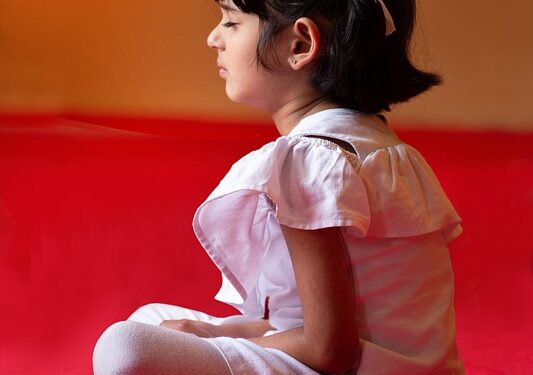Finding Peace: Harnessing Mindfulness to Ease Anxiety
In today’s fast-paced world, it’s easy to feel overwhelmed and anxious. From work deadlines to personal relationships, there are countless stressors that can impact our mental well-being. However, there is a powerful tool that can help ease anxiety and bring about a sense of peace: mindfulness.
What is Mindfulness?
Mindfulness is the practice of being fully present and aware of your thoughts, feelings, and surroundings. It involves paying attention to the present moment without judgment, and accepting things as they are. By practicing mindfulness, you can cultivate a sense of calm and inner peace, even in the midst of chaos.
How Does Mindfulness Ease Anxiety?
Anxiety often stems from worrying about the future or ruminating on the past. By practicing mindfulness, you can train your mind to focus on the present moment, rather than getting caught up in negative thoughts and emotions. This can help break the cycle of anxiety and bring about a sense of peace and tranquility.
Practical Tips for Harnessing Mindfulness
1. Start by setting aside a few minutes each day to practice mindfulness. This can be as simple as focusing on your breath or paying attention to the sensations in your body.
2. Use mindfulness techniques to bring yourself back to the present moment when you start to feel anxious. This can help you stay grounded and centered, rather than getting swept away by negative thoughts.
3. Practice gratitude and appreciation for the present moment. By focusing on what you have rather than what you lack, you can cultivate a sense of contentment and peace.
4. Engage in activities that bring you joy and relaxation, such as spending time in nature, practicing yoga, or listening to calming music. These activities can help you connect with the present moment and ease anxiety.
Common Questions About Mindfulness and Anxiety
1. Is mindfulness suitable for everyone?
Mindfulness can be beneficial for people of all ages and backgrounds. However, it may not be suitable for those with severe mental health conditions. It’s always best to consult with a healthcare professional before starting a mindfulness practice.
2. How long does it take to see results from mindfulness?
The effects of mindfulness can vary from person to person. Some people may notice a difference after just a few sessions, while others may take longer to experience the benefits. Consistent practice is key to reaping the rewards of mindfulness.
3. Can mindfulness replace medication for anxiety?
While mindfulness can be a helpful tool for managing anxiety, it is not a substitute for medication. It’s important to work with a healthcare professional to develop a comprehensive treatment plan that may include medication, therapy, and mindfulness practices.
Conclusion
In conclusion, mindfulness is a powerful tool for easing anxiety and finding peace in a hectic world. By practicing mindfulness and staying present in the moment, you can cultivate a sense of calm and inner peace that can help you navigate life’s challenges with grace and resilience. Remember to be patient with yourself and give yourself grace as you embark on your mindfulness journey. With consistent practice and dedication, you can harness the power of mindfulness to ease anxiety and cultivate a sense of peace in your life.



































































